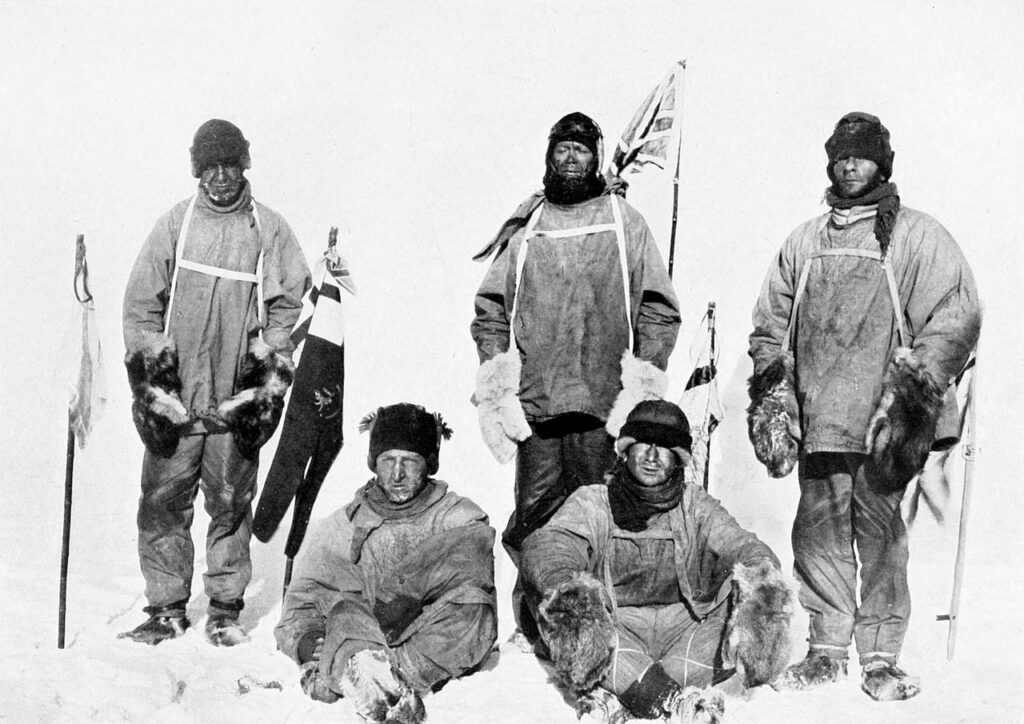Musical inspiration can come from anywhere, including the weather. Transported by the heat of summer, the crispness of autumn, or the chill of winter, composers help us experience the world through their senses, distilled into music. This month, let’s look at several compositions that were inspired by our coldest season.
Well, you can’t get more wintry weather than in the Antarctic. Inspired by the 1948 movie Scott of the Antarctic, Ralph Vaughn Williams composed “Sinfonia Antartica.” The movie is about Captain Robert Falcon Scott’s tragic expedition to the South Pole in 1912. Drawing on music he had composed for the film, Vaughn Williams expanded his vision to further explore the theme of humanity struggling against the elements. You can listen to the piece, described as a “tone poem,” here.
Another winter composition that began in film is Sergei Prokofiev’s “Troika.” The film, Lt. Kijé, was never made, but the score Prokofiev had written became the basis for the “Lieutenant Kijé Suite.” One of the movements in this suite features a lively melody and the rhythmic clip-clop of percussion, painting a joyful image of a horse-drawn sleigh dashing through a snowy landscape.
Nicknamed “Winter Daydreams,” Tchaikovsky’s Symphony No. 1 in G minor, Op. 13, took the young composer eight years to complete, nearly driving himself to utter exhaustion in the process. In the end, he was able to evoke a sense of cold, open space, and travel through storms. Although early versions were heavily criticized by teachers, Tchaikovsky stayed true to his vision, and the symphony was ultimately a success.
Perhaps the most iconic winter-themed work is Vivaldi’s “Winter” from The Four Seasons. This concerto, which Vivaldi himself supplemented with sonnets, vividly portrays the season. He wrote of icy snow, the “battering of a terrible wind,” chattering teeth, and cracking ice. Yet he ends with, “It’s winter, but it brings joy.” We couldn’t agree more! Watch this remarkable music being played, and view Vivaldi’s accompanying notes, here.

